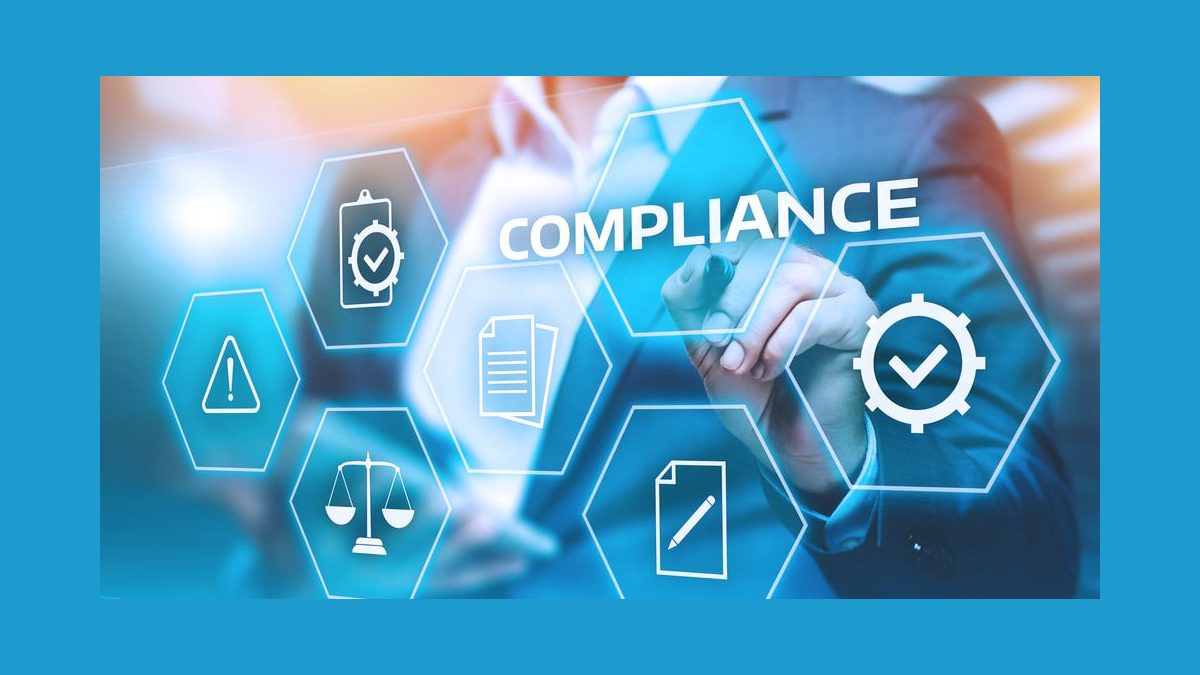Strategies for Achieving and Maintaining Compliance Across CMMC Levels
Security is paramount and this is more so to organizations that engage with the U.S Department of Defense (DoD). Such entities require compliance with certain requirements prescribed by the Cybersecurity Maturity Model Certification (CMMC). This certification enables companies to ensure the security of their information. In this article, you will find the best practices that will help you level up your CMMC compliance and sustain the required level.
The CMMC is not one standard but multiple ones; each one is more advanced than the previous one. From fundamental levels all the way to the more complicated ones, these are the measures companies have to adhere to in order to safeguard not only their own information but also the one belonging to the Department of Defense. Now, let us understand the necessary criteria to meet these standards and ways to sustain compliance.
Table of Contents
Understanding CMMC Levels 1-3
CMMC levels are organized into five levels, though for the majority of companies, it is necessary to understand only the first three. Each level is defined as the previous one with additional requirements layered on.
Level 1
Level 1 involves 17 fundamental best practices that are essential for firms to adopt. These are imperative steps like the use of an antivirus and the changing of passwords from time to time. It is about how to meet minimum safety needs in dealing with data.
Level 2
Level 2 provides a link between non-technical awareness and advanced cybersecurity measures. It adds 55 practices and is focused on protecting any data that might be of interest but is not classified.
Level 3
This level adds 58 more practices and emphasizes on the safeguarding of Controlled Unclassified Information (CUI). It entails documentation and also the implementation of proper measures to secure information that must not be exposed.
Strategies for Achieving Compliance
It is important to know which CMMC level your firm must meet to get started on the path to compliance. Once the target level has been identified, you can start practicing effectively for it.
a. Complete a CMMC Readiness Assessment
Analyze your current cybersecurity posture against the CMMC model. Determine your areas of weakness and build a strategy to mitigate these weaknesses.
b. Employee Training
Cyber security is said to be about both technology and people. Educate your employees about cybersecurity and what procedures they ought to observe in their day-to-day working.
c. Implement Required Controls
Use the gap analysis to begin the initiation of the security controls that are necessary within the system. This may involve updating the software, increasing controls for access, or employing other forms of encryption.
Maintaining Compliance: A Continuous Endeavor
Even where compliance is the goal, it should just be the starting point. It cannot be achieved without work, and it must be done iteratively. Regular internal CMMC compliance audits should be conducted to maintain CMMC compliance. These audits are useful in establishing whether there are new risks that may have emerged due to changes in technology or business processes.
Conclusion
It is critical to note that CMMC compliance is vital for any organization that wishes to contract with the DoD. There has to be knowledge of the standards, integration of changes where needed, and a constant focus on cybersecurity. Adopting security measures and promoting a security mindset within the organizations can help safeguard both the companies’ data and the data belonging to the DoD, meeting requirements and supporting the country’s security.

